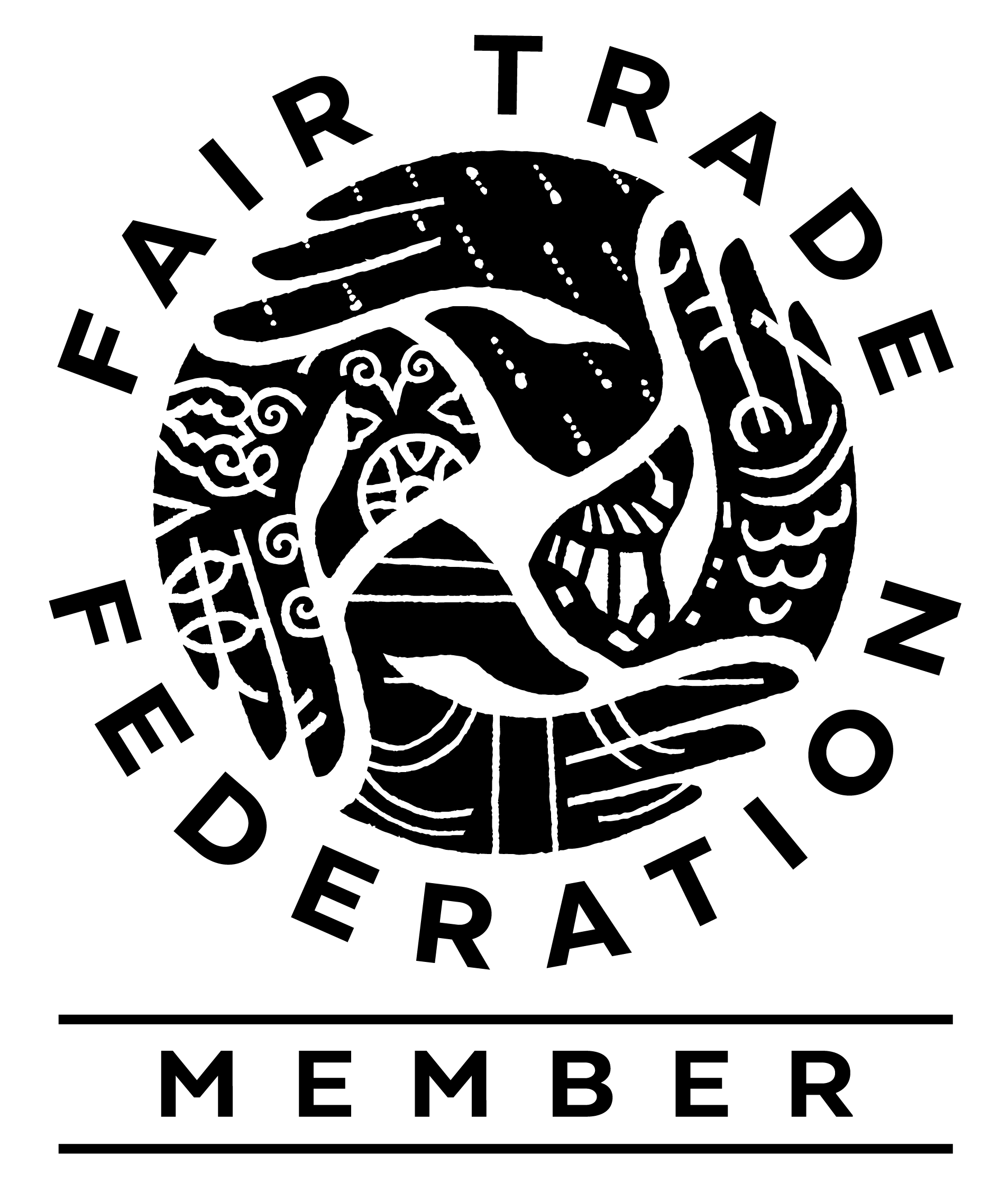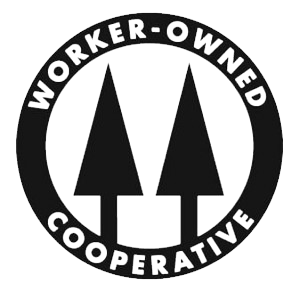
Adapted from Simply Recipes

Adapted from Food.com
Take a journey through the Equal Exchange Coffee Roasting process and learn what goes into making your morning brew.
Last year, new federal rules on school fundraisers and snacks went into effect nationwide. These guidelines regulate the food available to kids throughout the school day, from the cafeteria to the vending machines. This includes – you guessed it – food fundraisers like bake sales and candy bar sales.
The goal is to curb the amount of sugar or unhealthy foods that kids may be consuming at school without their parents’ knowledge, which is something most parents can get behind!
Still, the new rules have left some groups at a loss for fundraising tactics. After all, bake sales and candy bar sales have been a reliable way to raise money for years. But this is actually a great opportunity to reexamine our school fundraisers in general, from the nutrition, to the quality, to the sourcing of the products we sell.
Let’s face it: the conventional candy bars we used to love are poor quality, and filled with artificial ingredients and preservatives. Worse, many conventional chocolate products are part of a problematic supply chain that includes forced child labor on cacao plantations in West Africa. When I stop to think about that one, I have to ask: shouldn’t there be federal school rules that ban any products made by exploited children?
It will probably take some time for regulation to catch up with those standards, but in the meantime, you can set a high bar for your school and your community by choosing organic, fairly traded products for your next school fundraiser. Equal Exchange’s catalog fundraiser contains real, organic, delicious chocolates made with high quality ingredients. My favorite, the Panama Extra Dark, contains a total of four ingredients (and I recognize them!): organic chocolate liquor, organic raw cane sugar, organic cocoa butter and organic ground vanilla beans. It’s that simple.
The best part about it? Each ingredient was ethically sourced from small-scale farmer co-ops, grown by adults who were paid a fair price for their crop and who are able to improve their communities through Fair Trade premiums. That means that their kids can go to school, too – not to work on a cacao plantation.
Don’t worry – an Equal Exchange fundraiser does fit in to the new federal rules. Food fundraisers are allowed as long as the food is “not intended to be consumed in school.” Because our products are ordered from a catalog by adults, kids aren’t selling candy to other kids who are hungry for a school snack. It’s safe to say our chocolates are “not intended to be consumed in school” – that is, unless you’re a teacher who orders a box of Organic Chocolate Minis for your desk drawer!
Organic chocolate bars are just the beginning of our fundraising selection. Our catalog is also filled with organic, Fair Trade coffees, teas, cocoas, nutritious snacks and even handmade artisan crafts! Let’s embrace these new federal school fundraising rules and try something that is healthier, tastier, better for the planet and better for our kids.
Learn More about Equal Exchange School Fundraising
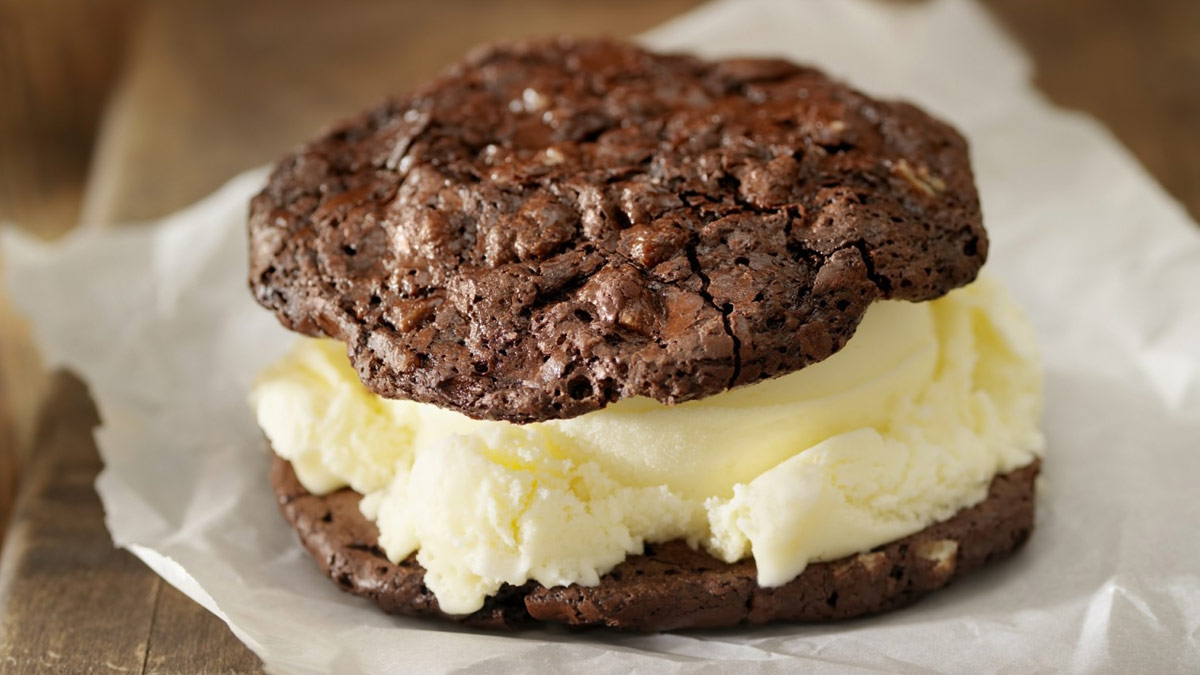
Adapted from Inspired Taste

Adapted from Food.com
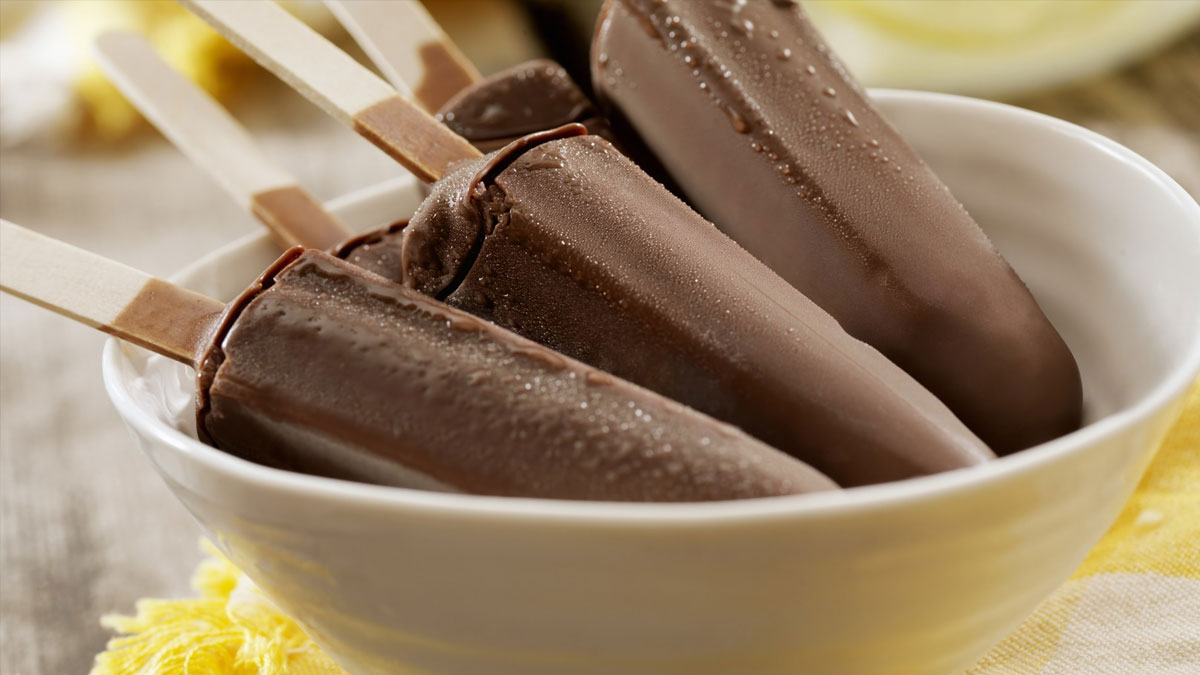
Adapted from the New York Times
There’s excitement here at Equal Exchange about Pope Francis’ encyclical letter on the environment, “Laudato Si’ (Praise Be): Care for our Common Home.” In the Pope’s encyclical, he makes a powerful call for urgent action on climate change and environmental pollution. These issues are of paramount importance to many, including us at Equal Exchange.
A central theme of the Pope’s encyclical is that there can be no solution to the climate crisis without redressing the gross disparities of wealth between the global north and the impoverished global south, and bringing real, sustainable economic progress to the developing world. The problem, he says, is not just one of education or resources, but of unequal power relationships between the north and south, the wealthy and the poor, and the disproportionate effect of pollution and climate change on the most vulnerable communities. As a Fair Trade organization, these issues are ones we know well, and challenging this inequality is at the heart of our mission.
In the first chapter, Pope Francis discusses pollution, climate change, water, and the decline of biodiversity. He emphasizes the ways in which the poor, individually and as nations, bear the brunt of environmental degradation and climate change. These problems are worsened by the reckless business practices of “companies which operate in less-developed countries in ways they could never do at home.” When such companies close down their mines, factories or plantations, “they leave behind great human and environmental liabilities” like unemployment, deforestation, open pits and polluted rivers.
In illustrating an alternative, the Pope highlights communities of small farmers. He describes them as “co-operatives of small producers [who] adopt less polluting means of production, and opt for a non-consumerist model of life, recreation and community.” We were thrilled to see the Pope recognize and promote the importance of small farmer co-ops and their role in driving forward a more sustainable farming model.
 Equal Exchange and others have had close relationships with such communities for decades, and we strive to champion and support them in all we do. For example, Catholic Relief Services has helped farming communities develop organic coffee farming and processing systems, among many other projects. Equal Exchange has consistently offered a premium price to communities which produce their coffee organically and helped encourage organic innovation wherever possible. Recently, both Equal Exchange and CRS have worked to support efforts to implement organic solutions to the one of the most pressing environmental issues in Latin America: coffee rust fungus, a widespread and devastating crop disease exacerbated by climate change.
Equal Exchange and others have had close relationships with such communities for decades, and we strive to champion and support them in all we do. For example, Catholic Relief Services has helped farming communities develop organic coffee farming and processing systems, among many other projects. Equal Exchange has consistently offered a premium price to communities which produce their coffee organically and helped encourage organic innovation wherever possible. Recently, both Equal Exchange and CRS have worked to support efforts to implement organic solutions to the one of the most pressing environmental issues in Latin America: coffee rust fungus, a widespread and devastating crop disease exacerbated by climate change.
The Pope also praises the “great variety of small-scale food production systems which feed the greater part of the world’s peoples, using modest amounts of land and producing less waste.” He describes the central problem that Equal Exchange and other Fair Trade organizations work to resolve: “[Communities’] attempts to move to other, more diversified means of production proving fruitless because of the difficulty of linkage with regional and global markets, or because the infrastructure for sales and transport is geared to larger businesses.”
Finding access to the market as a small farmer is a serious challenge, and historically it has not favored the farmer. Trading with small producer co-ops and giving them market access, without middlemen or exploitation, is a central tenet of Fair Trade. Co-ops also allow farmers to pool resources to build up the essential “infrastructure of sales and transport,” supported by Fair Traders like Equal Exchange.
Pope Francis has written a profound, rich document that warrants several careful readings.
His Holiness delves into the science, politics, economics, and theology surrounding the global crisis. I have just commented on a small piece of it that speaks most particularly to our work. Read the Pope’s encyclical and you will find many passages that speak particularly to you.
Peter Buck has been at Equal Exchange since 2002. He is a a parish councilor, lector and minister of coffee and donuts at Sacred Heart Parish in Roslindale, Massachusetts, and a member of the Boston Archdiocese Pastoral Council.
A conversation with Jose Alfredo Lovo Variegas, from a 2015 Equal Exchange delegation to Nicaragua.
In Dipilto, Nicaragua, a small community sits nested in the mountains right on the border of Honduras.
Houses perch on the mountainside along steep roads cut with deep grooves for traction, and mist hangs in the air like it’s situated mid-cloud. Here, the La Union community has grown around the coffee, which dominates the lush and hilly landscape.
Dense greenery rises in sharp inclines and falls into deep valleys, and coffee trees are everywhere. While these natural farms look wild, they are meticulously tended and maintained. Such high quality coffee thrives in its natural habitat, among shade, birds and diverse plant life. As organic farmers, the members of La Union co-op recognize and cultivate this natural relationship.
As a primary co-op, or association of small-scale farmers in a particular region, they are a part of PRODECOOP, the larger association of primary co-ops across Nicaragua. PRODECOOP’s size, resources and relationships are a real benefit to these remote farmers, and through them their coffee reaches the market and is sold at a fair price.
 We spoke to the coordinator of La Union co-operative, Jose Alfredo Lovo Variegas, who goes by Fredo, about the history and current state of the co-op.
We spoke to the coordinator of La Union co-operative, Jose Alfredo Lovo Variegas, who goes by Fredo, about the history and current state of the co-op.
According to Fredo, the co-op structure has had benefits beyond trade: “We started in the 90’s. After the war, we were so polarized as a country between the Contras and the Sandinistas. We had different approaches and opinions on how to do things. PRODECOOP integrated these two sides.”
PRODECOOP has evolved with Nicaragua, and while this community has grown coffee for generations, the market has changed:
“Our grandparents picked coffee, put it in sacks, sold what they could at the local market and that was it. In today’s global economy, if you don’t know anything about agronomy, it’s hard to survive.”
On keeping up with the global economy, he continued:
“It’s been a learning process. Now we have a more professional staff: the daughters and sons of producers who have studied agronomy and other subjects like accounting. We want our children to know where they came from, and to come back after college and use their skills here.” Keeping younger generations interested and involved in coffee farming is a challenge both as the world changes and as coffee growing itself becomes increasingly difficult.
“La roya is the strongest disease threatening coffee and it spreads fast. It has always existed, but it’s become stronger due to climate change. It used to be that there was no roya above 1,000 meters. Now, it grows above that. We’ve been badly affected and our production is down, and dealing with it is expensive.”
Like many farmers struggling with la roya, they have banded together to learn about means of prevention, rehabilitation and coexistence with the disease. The co-op has been able to provide some resources to aid these efforts, but it can be costly, and the money is not unlimited. Though times are difficult, Fredo recognizes that teamwork and the co-op structure have been critical to individual survival.
“Last year, like this year, the harvest happened too late and people were losing money. With only two months to harvest, we offered credit to farmers to help them survive. Then we harvested our crop together, pooled our resources and calculated our volume together to deliver to PRODECOOP.”
Being part of a Fair Trade co-op isn’t just about having a safety net, either. It also helps farmers invest in their futures:
“One of the advantages of Fair Trade is that you can use the extra money for your children’s education. When you’re partners with PROODECOOP you have access to different benefits. The Fair Trade system operates with a conscience.”
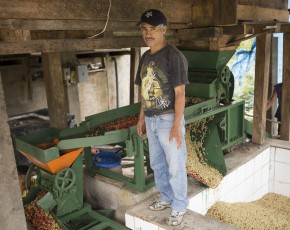 Membership in the co-op also means that farmers share certain resources and responsibilities, from participating in democratic decision making to sharing equipment. A few years ago, members voted to buy a new depulper, complete with a washing station and a system to pitch coffee pulp back into the forest for compost.
Membership in the co-op also means that farmers share certain resources and responsibilities, from participating in democratic decision making to sharing equipment. A few years ago, members voted to buy a new depulper, complete with a washing station and a system to pitch coffee pulp back into the forest for compost.
Roberto Zepeda, on whose land the depulper now sits, paid a portion of the cost and the co-op resources covered the rest. Gradually, the other members paid back what was covered by the co-op credit – though some have yet to pay back their debt. Still, all of the farmers in the community are able to use the depulper, which is the first step in coffee processing. Without the co-op, paying the cost of this valuable new equipment up front would have been unrealistic or impossible for an individual farmer.
Coffee presents many challenges, but the farmers have relied on it for generations. Fredo explains, “Coffee is our sole source of survivial.” But they are hopeful, with faith in advances in organic farming, in their college educated children coming back with new ideas, and in their co-op.
“I trust in PRODECOOP because the same leaders have stood with us for nearly 25 years. We won’t let PRODECOOP down because they have never let us down,” Fredo says. His determination, and the determination of the co-op, is clear.
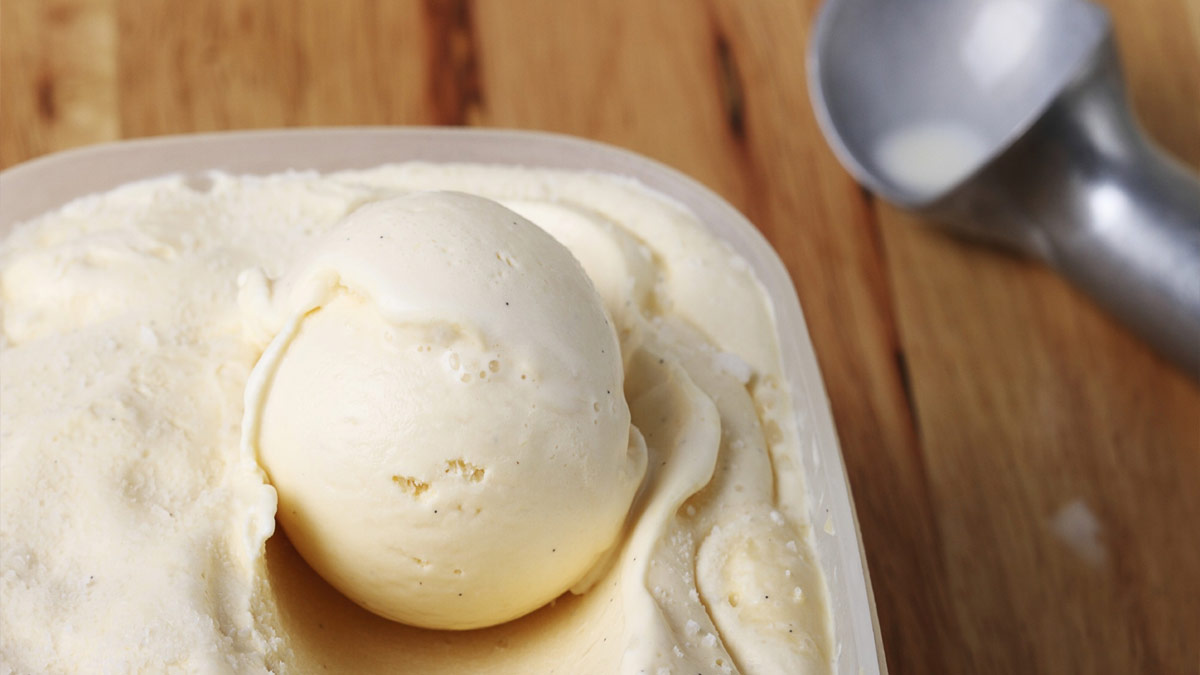
Adapted from Honestly Yum


